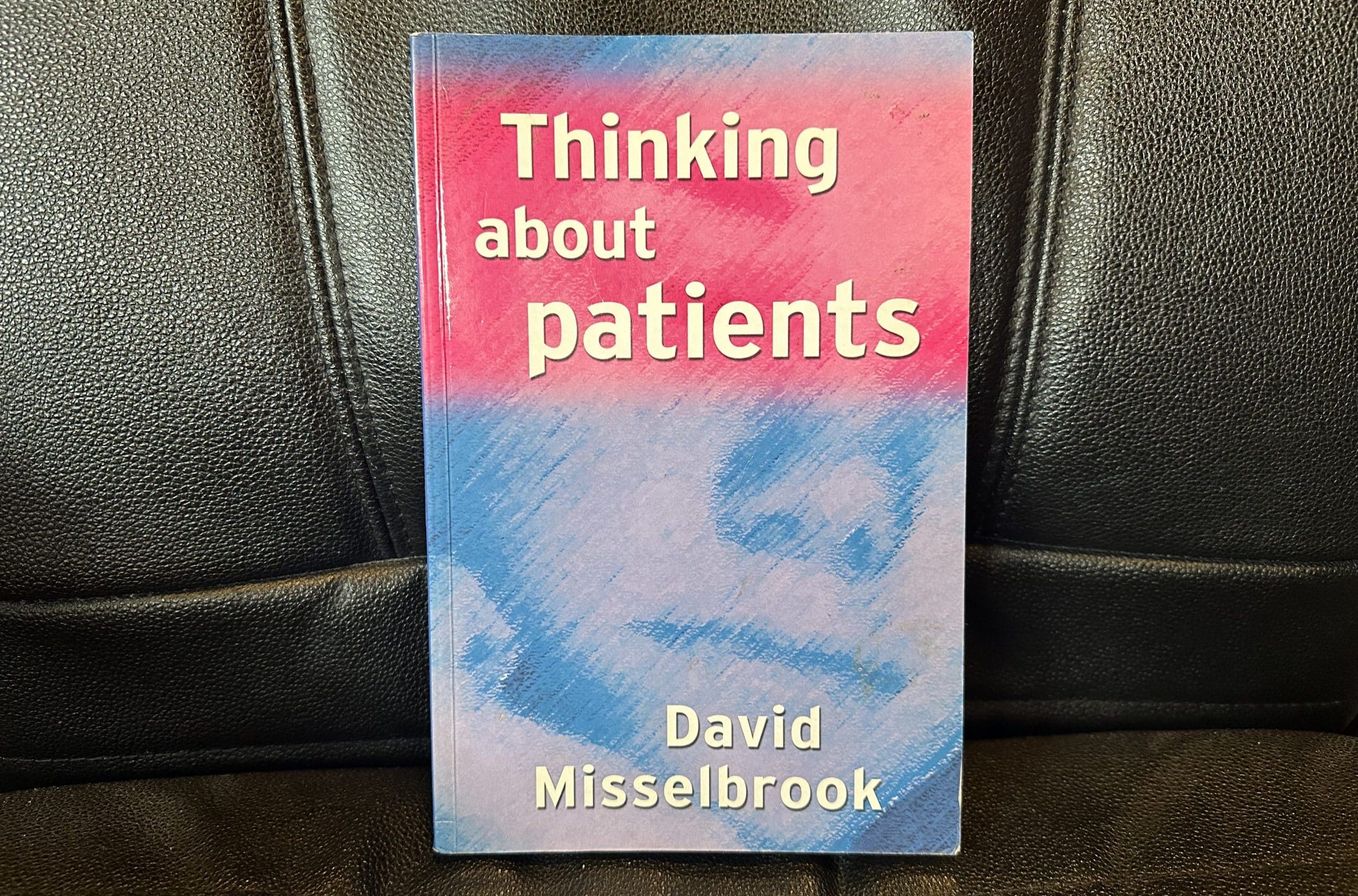
It used to be just in the context of type 1 diabetes, but the little white circles on people’s upper arms seem to be more ubiquitous, and it’s clear that the use of continuous glucose monitoring (CGM) is shifting from a medical to a lifestyle purpose.
CGMs measure glucose levels in the dermal interstitial fluid and provide a close estimate of blood glucose concentrations. As a wearable device, CGMs collect detailed data on glucose measurements and response to food intake over the course of several days. This is why CGMs are offered through the NHS to people with type 1 diabetes, and some people with type 2 diabetes who use insulin. In the context of diabetes, CGMs reduce the need for unpleasant and frequent finger prick checks of capillary blood glucose levels, and can help alert people to dangerous hyper or hypoglycaemic episodes. Recently, and driven by the commercialisation of these devices, there has been a culture shift to glucose monitoring amongst people without diabetes. Several different companies manufacture CGMs, and the proliferation of personalised nutrition programmes by companies like Zoe and Veri aim to use ‘biofeedback’ to promote behaviour changes in diet and exercise, and increasingly suggest that CGM can improve longer-term health amongst a healthy population. With more people using CGMs for lifestyle reasons, will GPs see an influx of patients coming in asking for advice about their blood sugars, and what do we need to know?
Individual glucose level response to food
Recently, and driven by the commercialisation of these devices, there has been a culture shift to glucose monitoring amongst people without diabetes.
CGMs are marketed to provide individualised nutritional advice and to monitor blood sugar spikes and troughs in response to different foods. The Zoe website states that ‘CGMs can be a useful tool in personalised nutrition, as they accurately show how blood sugar changes after food’ and that ‘those without diabetes can also benefit from continuously monitoring their blood sugar levels’ to understand how blood glucose levels respond to different foods and avoid large ‘spikes and crashes’ in blood glucose.1
The makers of the Zoe app suggest that the high individual variability in glycaemic responses to food mean that people need to have this personalised approach to understand their own glycaemic profiles.2 Researchers have used postprandial glycaemic responses across study cohorts to develop algorithms to predict glucose responses to food as a precursor to develop personalised dietary advice interventions to ‘modify elevated postprandial blood glucose’ and ‘its metabolic consequences’.3 Should we all be trying to minimise glucose spikes?
Spikes and dips – what does it really mean?
But why does this matter? A review (written by the makers of Abbott Laboratories, the manufacturers of FreeStyle Libre and Zoe’s CGM) summarises their take on the long-term consequences of post-prandial blood sugar spikes in healthy people, suggesting associations with oxidative stress and inflammation, risk of progression to type 2 diabetes, cardiovascular disease and mortality.4 The Zoe team have published research suggesting that glucose dips can be dangerous as these are correlated with people feeling hungry and therefore eating more, which is not good news for people who are trying to lose weight.5
But, how high a ‘spike’ is too high, and what does a ‘reactive postprandial hypoglycaemic’ dip mean in a healthy population? Our international guidance and evidence on postprandial and fasting glucose level are currently based on what we know in the context of diabetes. Glucose spikes mean something else, something unknown, in people without diabetes who are making insulin and aren’t insulin resistant.
CGM manufacturers are also developing optimised targets for ‘time in range’ of normal glucose measurements.6 In patients with type 1 diabetes, CGMs provide data on ‘time in range’, which is often defined as a serum blood glucose between 4-14 mmol/L or 4-18mmol/L as a target to reduce the risk of developing diabetic complications. But is the Is there a role for the concept of ‘time in range’ for a non-diabetic population with endogenous insulin production? Studies are starting to look at ‘normative’ glucose sensor data in healthy (generally White) populations, but again, it’s unclear what it means to be to in range of a serum glucose target for any proportion of time.7
Uncertain territory
Glucose spikes mean something else, something unknown, in people without diabetes who are making insulin and aren’t insulin resistant.
Will use of CGMs improve health outcomes in healthy populations? The long-term data on weight loss, progression to type 2 diabetes or cardiovascular disease is unknown. We are lacking in longitudinal data of what CGM profiles, including individual postprandial spikes, dips, and time in range means in healthy populations. Some people might find short-term use of a CGM helpful in reinforcing healthy dietary choices, but the longer-term results will only be as effective as the long-term changes dietary changes required.
Because we don’t have long-term data on health outcomes it’s difficult in general practice to provide advice about the meaning of CGM profiles in healthy individuals. For people coming in to speak to their GPs about their CGM readings, it’s unclear how to interpret spikes and dips in response to different food given the high interpersonal variability depending on what time of day that food was consumed, what else was eaten alongside it or what exercise or not that person was doing that day (or the day before). It’s also possible, and probably likely, that non-diabetic people using CGMs will worry, or get anxious about their spikes or dips without GPs really being able to provide advice about what this means for them or their future risk.
Despite this uncertainty, It seems that use of CGMs in the non-diabetic population is exploding. Wearable monitors in general are increasingly common and patients will increasingly present with data suggesting irregularities. It makes me think of the promises offered by personalised medicines, which always seem just beyond the horizon. Several of the companies offering CGM also offer analysis of the microbiome composition, which I haven’t discussed in any detail here, except to say it’s equally unclear how this might impact on long-term outcomes.
And given its price tag, programmes such as Zoe (which currently costs £299.99 for the initial test kit and requires a membership plan starting at £24.99 per month) are only affordable to the nutritionally curious middle class. Those with less disposable income, and at highest risk of poorer outcomes from an unhealthy diet are less able to access these expensive, personalised nutritional devices.
How much better is a personalised nutrition approach than blanket advice to eat a healthy diet? The answer is that right now, we don’t really know. We need more independent research conducted by researchers without skin in the game, and a better understanding of the long-term outcomes of using these monitors.
References
- Vetter C. What is a continuous glucose monitor and how can it help you? : Zoe; 2022 [Available from: https://zoe.com/learn/what-is-a-continuous-glucose-monitor.
- Merino J, Linenberg I, Bermingham KM, Ganesh S, Bakker E, Delahanty LM, et al. Validity of continuous glucose monitoring for categorizing glycemic responses to diet: implications for use in personalized nutrition. Am J Clin Nutr. 2022;115(6):1569-76.
- Zeevi D, Korem T, Zmora N, Israeli D, Rothschild D, Weinberger A, et al. Personalized Nutrition by Prediction of Glycemic Responses. Cell. 2015;163(5):1079-94.
- Jarvis PRE, Cardin JL, Nisevich-Bede PM, McCarter JP. Continuous glucose monitoring in a healthy population: understanding the post-prandial glycemic response in individuals without diabetes mellitus. Metabolism. 2023;146:155640.
- Wyatt P, Berry SE, Finlayson G, O’Driscoll R, Hadjigeorgiou G, Drew DA, et al. Postprandial glycaemic dips predict appetite and energy intake in healthy individuals. Nat Metab. 2021;3(4):523-9.
- Berry SB, K.; Valdes, A.; Franks, P.; Wolf, J.; Spector, T. Optimised Glucose “Time in Range” Using Continuous Glucose Monitors in 4,805 Non-Diabetic Individuals Is Associated With Favourable Diet and Health: The ZOE PREDICT Studies. Current Developments in Nutrition. 2022;6:1108.
- Shah VN, DuBose SN, Li Z, Beck RW, Peters AL, Weinstock RS, et al. Continuous Glucose Monitoring Profiles in Healthy Nondiabetic Participants: A Multicenter Prospective Study. J Clin Endocrinol Metab. 2019;104(10):4356-64.
featured Photo by Myriam Zilles on Unsplash








